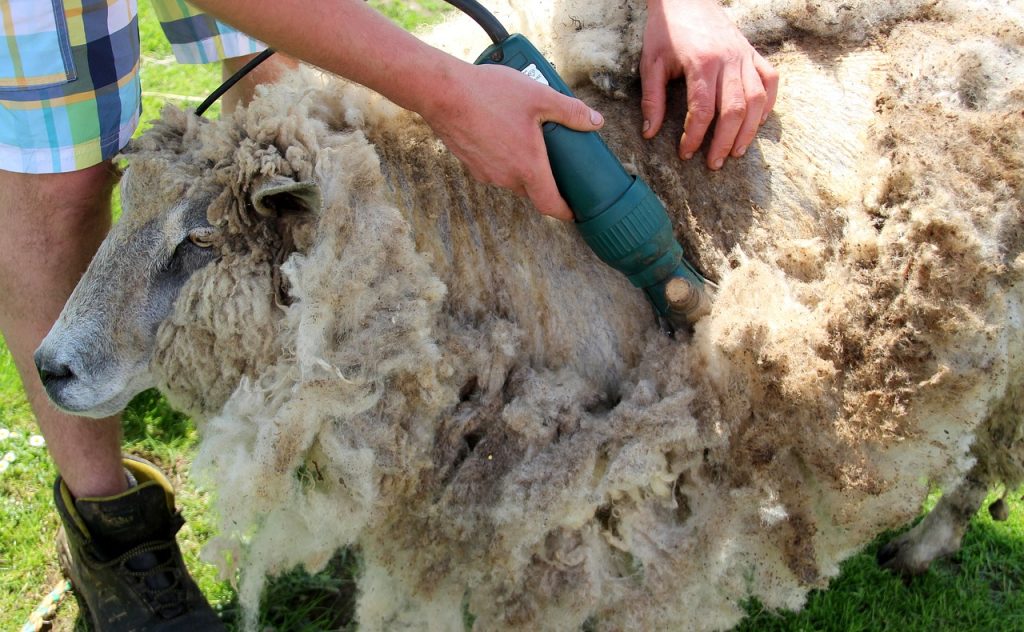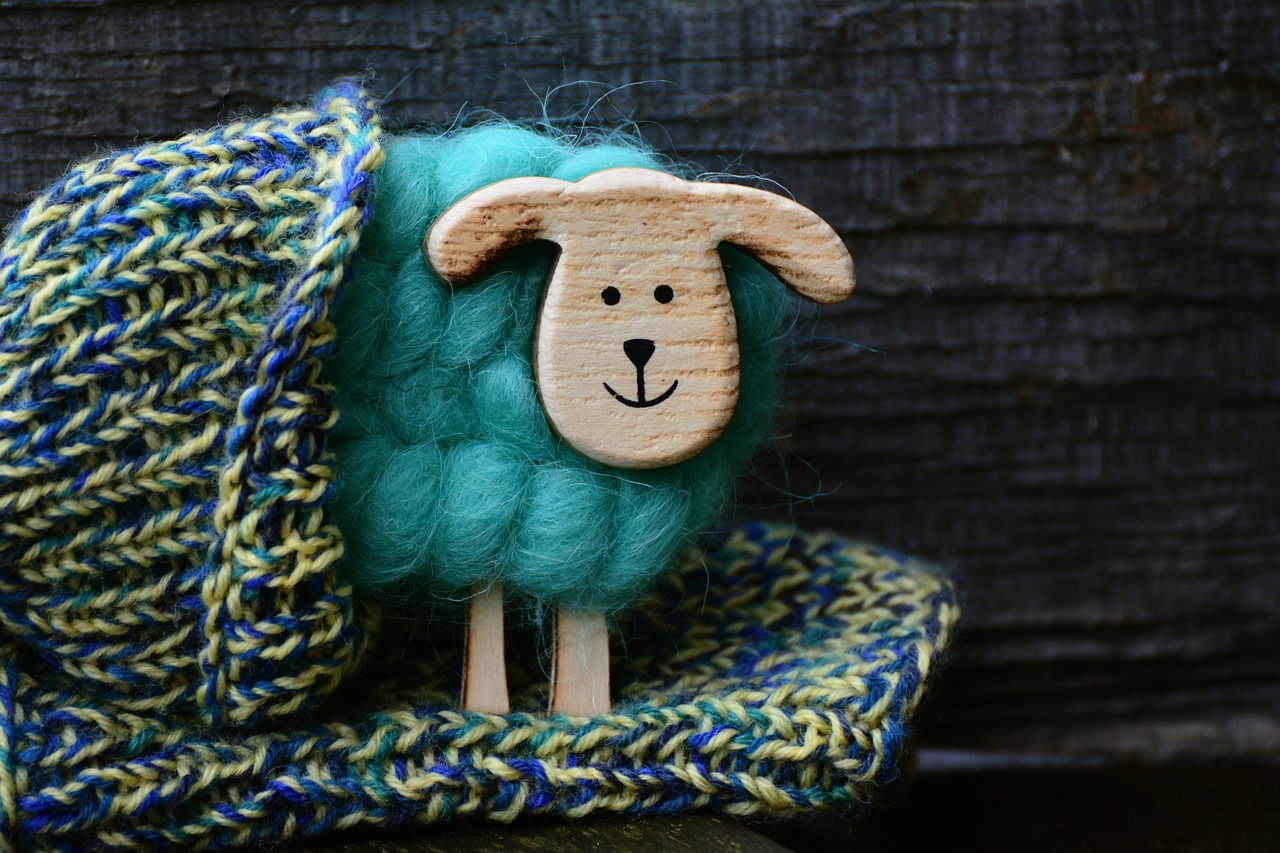Wool has been a popular fabric for clothing for thousands of years. It is a natural, sustainable and biodegradable fabric from the fleece of sheep, alpaca, and other animals. In addition, it is known for its warmth, durability, and ability to regulate temperature. The art of processing wool at Waverley Mills, for example, is a complex process that involves several steps, each crucial in creating high-quality clothing. In this article, you can learn the art of processing wool and how it produces high-quality clothing.
Shearing

It all starts with shearing. Shearing is the process of removing the wool fleece from the animal. It is typically done once a year, particularly during the springtime when the weather is warm. It is generally done by trained professionals who use electric clippers to remove the fleece from the animal without injuring it. The professionals remove it in one piece and sorted by colour, quality, and length.
Washing and Scouring
After removing the fleece from the animal, the professionals must wash and scour it. It contains a lot of dirt, grease, and other impurities that should be removed before the wool can be processed. It is then washed in large vats of water and detergent to remove dirt and grease. Finally, the trained experts must rinse it several times thoroughly to remove any remaining soap.
Carding
After it has been washed and scoured, it is carded. Carding separates the fibres and aligns them in the same direction. This process uses a carding machine with large drums covered in metal teeth. The wool is fed into the machine, and the metal teeth separate and align the fibres. Furthermore, a long, thin rope called a roving is formed.
Spinning
Once the carding process is finished, the professionals must spin it into yarn. Spinning is twisting the fibres together to create a strong, continuous strand of yarn. They can spin by hand using a drop spindle or a spinning wheel machine. The spun yarn is then wound onto bobbins or cones for further processing.
Dyeing
After spinning it into yarn, it is ready to be dyed. Dyeing adds colour to the yarn. But how is it done? It is soaked in a dye bath containing natural or synthetic dyes. It is then rinsed several times to remove excess or extra dye and then hung up to dry.
Weaving or Knitting
Weaving is the process of interlacing the yarns to create a fabric. Knitting is the process of creating a material by looping the yarn together. The type of fabric that is created depends on the loom or knitting machine used. There are many types of weaves and knits, each with its unique properties.
Finishing
After the fabric has been woven or knitted, it must be finished. Finishing is treating the material to improve its appearance and texture. Finishing can include methods such as bleaching, softening, and sizing. Bleaching is the process of removing any remaining impurities or colours from the fabric. Softening makes the fabric softer and more comfortable to wear. Sizing adds a protective coating to the material, making it more durable and wrinkle-resistant.
In conclusion, the art of processing wool from Waverley Mills, for instance, is a time-honoured craft that requires skill and expertise. Each step in the process, from shearing to finishing, is essential in creating high-quality clothing. The quality of clothing depends on the quality of the fibres, the consistency of the yarn, and the skill of the weaver or knitter. Wool clothing is versatile, durable, and sustainable, making it a fantastic choice for clothing and other textiles. However, it is crucial to choose certified sustainable and ethically produced products to minimise environmental impact.










